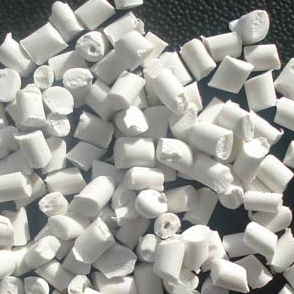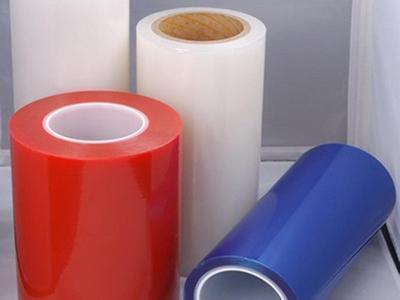NEWS
Comparison between masterbatch plastic in HDPE, MDPE, LDPE and LLDPE base resin
Masterbatch plastic made from PE base resin is a common material in plastic industry. In order to satisfy the dramatically increasing demands of using masterbatch plastic, manufacturers have paid a lot of efforts on researching and establishing more advanced materials. LLDPE, LDPE, MDPE and HDPE are the sub-group of the giant PE masterbatch family. This article aims to summarize and categorize some basic information and knowledge about these three masterbatches.
Definitions of HDPE, MDPE, LDPE and LLDPE masterbatch plastic
HDPE (High Density Polyethylene), LDPE (Low Density Polyethylene), MDPE (Medium Density Polyethylene) and LLDPE (Linear Low Density Polyethylene) are plastic masterbatch that consist the main ingredient is PE – Polyethylene base resin. PE is a polyolefin, which is a massive group in the polymer world. Besides PE, other members of this polyolefin group can be listed are polymethyl pentene, polypropylene and polypropylene copolymer. The common feature of this group is all resins belonging to it have lower specific gravity compared to water.
The significant differences between these types of PE masterbatches basically come from the cellular structure of the compound, which affects how the molecules bonding with each other and how tightly the material is formed.
The most and least commonly used masterbatch plastic in PE group
LDPE is the most common type of masterbatch plastic in the small group of PE plastic since it is extremely flexible and conforms with a wide variety of different material. This type of masterbatch is widely applied in various fields such as agriculture and construction. However, there was an exited drawback that this LDPE is not strong and dense as other types of plastic as well as easily being punctured and teared under impacts. The group of LDPE and LLDPE accounted for approximately 35% of total polyolefin production in Western Europe with over 22 million tons annually.
In contrast to LDPE, MDPE masterbatches is the least common one among all four types of masterbatch plastic. Regarding to the physical properties, it performs an average in impact strength and stress crack. But on the other hand, MDPE plastic master batch displays excellent chemical resistance.

How LLDPE masterbatch plastic differ from the original LDPE?
LLDPE is popular for having a broad range of short branches. It is considered as the blend form of LDPE in which the masterbatch is more flexible and pliable, more tensile strong, and more conformable in combination with other materials. Similar to LDPE, LLDPE appears naturally in form of translucent or milky color mixture. The outstanding property that made LLDPE an state-of-the-art material among others is its excellent resistance to oxidization, UV light and other natural environmental conditions. Thanks to its structure, LLDPE is also achieve the extreme toughness and durability over other masterbatch plastic. It can withstand high impacts and puncture damage. That is the reason why plastic-based products manufacturers prefer using LLDPE masterbatch in applications such as trash cans, lightning and planting products.
Meet the most rigid masterbatch plastic in in PE resin family
As regard the toughness, HDPE definitely won the first position in this criteria. It is the most rigid masterbatch plastic in the group of PE plastics with good impact strength and chemical resistance. These outstanding features was benefited from the tight molecular structure of the plastic itself. Thus its softening point is the highest, approximately 125 – 135 Celcius degree. it requires more energy to break these structures. Moreover, thanks to these properties, HDPE masterbatches is considered as the most suitable alternative for making the secondary containment liners for oil tanks, industrial ponds and canal liners where chemical resistance is a need. It is the most commonly used masterbatch plastic in the US market. This is also the one that express best UV-resistance even without adding anti-UV additives into the masterbatch manufacturing. HDPE masterbatch usually appears naturally in milky white or semi-translucent compound depending on the molecule’s density.


 Tiếng Việt
Tiếng Việt


